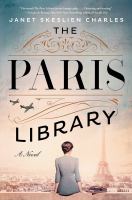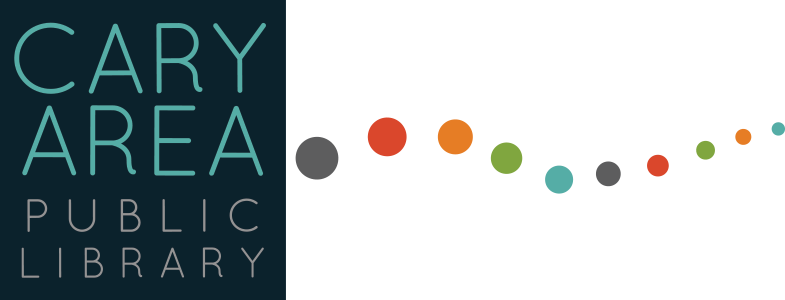The Paris Library by Janet Skeslien Charles
Reviewed by Claire B.

The Paris Library tells the story of two young women growing up in very different worlds. Odile Souchet is a French teenager who has fulfilled her lifelong dream of being a librarian at the American Library in Paris. She falls in love with the library, its people and books, providing her with hope, comfort, and companionship amidst the problems of her daily life. When Nazi Germany takes control of the city, Odile and her colleagues bravely defy their control, spreading hope to the French people and soldiers with books, letters and food. Throughout her journey, Odile becomes more independent, but also loses many friends and loved ones through betrayal and the turmoil of war. Forty years later, Lily Jacobsen is a lonely girl living in Froid, a small town in Montana. She befriends Odile, now an old widow with a mysterious past. As Lily faces the trials and change of growing up, she relies on Odile for comfort and companionship. While Odile teaches Lily French and the importance of change and trust, Lily teaches Odile to love again.
Odile’s storyline in the novel is based on the acts of actual librarians at the American Library in Paris during World War Two, who defied German control over France by keeping the library in operation. The characters in The Paris Library are well-written and complex, all motivated by their own desires and values. Odile is intelligent and somewhat headstrong, defying what is expected of her, while also wanting safety and romance. Lily fiercely loves those around her, but also wants more from her life than she can have. Both women’s friends and families have strong senses of right and wrong, however, they sometimes make poor decisions in pursuit of doing what’s right for themselves and the people or things they care about. This sometimes pits friends and families against the protagonists. The Paris Library is a dual perspective novel, following the storylines of Odile in the 1940s and Lily in the 1980s. The chapters alternate narrators throughout the book, revealing more information about Odile’s past during the war as Lily begins to wonder about it in the 1980s. The book closes when Odile’s narration reveals why she left Paris to go to Montana as she confesses to Lily her betrayal of a friend. The author’s writing style is very descriptive, primarily using the narration of Odile and Lily, but also letters and other characters’ narration, to tell the story.
The Paris Library should be read by ages 16+. There are a few more mature topics in the novel that younger readers may have difficulty reading about. The novel would appeal to fans of historical fiction novels or anyone looking for a story about friendship, heartbreak, and growing up in the landscape of the Second World War. Some similar books are A Woman of No Importance by Sonia Purnell, All the Light We Cannot See by Anthony Doerr, The Last Bookshop in London by Madeline Martin, and The Rose Code by Kate Quinn. I would rate this book as excellent. First of all, learning about the library and all of Odile’s colleagues was very interesting. They were so intelligent and it was wonderful to see Odile learn from them. Secondly, I felt that I could truly understand and connect with the characters’ pain, happiness, and sorrow. My favorite part, though, was seeing the characters’ relationships develop. Watching Odile and Lily come to trust and love each other, when they had both faced loss in their lives, was beautiful. I think that it fully showed me that family is more than blood and that friendships can be formed when you least expect.
